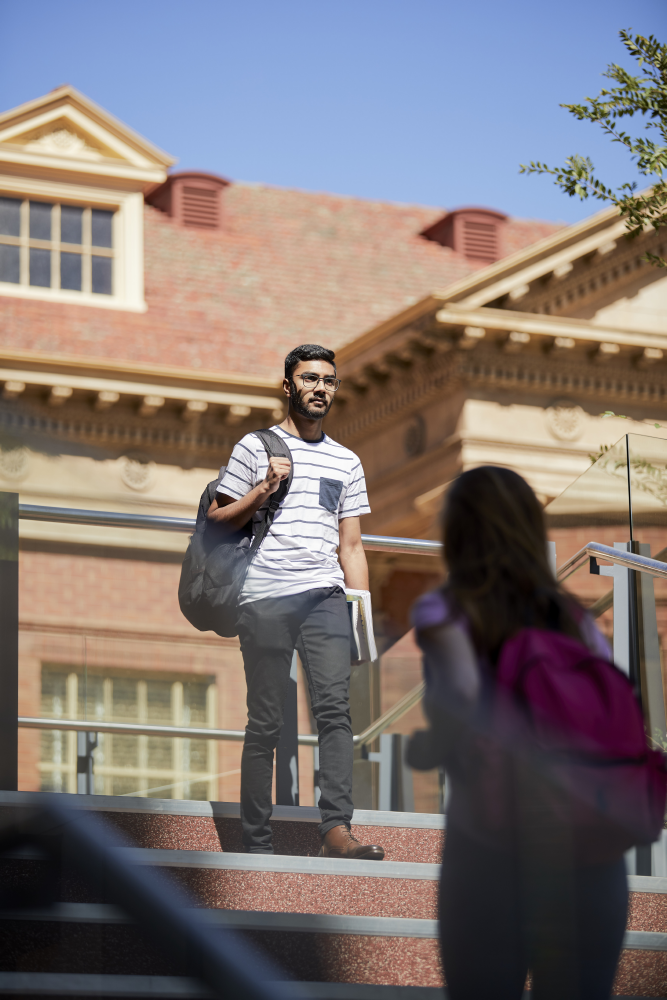Using primary sources in your teaching
As well as their rich range of physical and electronic books and journals, the University Library provides access to a number of collections of digitised primary source archives. This includes everything from records of British government, diplomacy and trade from the 14th to 20th century, records of twentieth century political extremism in Europe, right through to records that illuminate the history of tourism and much more!
The range of databases supported by the University Library are largely thematically organised, full text searchable, support users to build content sets, and, in some cases, integrated with digital analysis tools. The well-structured nature of these collections and accompanying thematic guides makes them an especially approachable entry point for students inexperienced with primary source archives.
Many Gale resources are integrated with their newly updated Digital Scholar Lab. This platform integrates primary source archives with a selection of tools, helping users conduct named entity recognition, topic modelling, sentiment analysis and other common digital analyses without coding or complex data wrangling skills. These tools can be a great sampler or entry point for students or researchers wanting to learn more about digital analysis and how it might complement their work. The Lab is supported by a Learning Centre, sample projects and some basic curriculum development materials.
How can I explore these primary source databases?
There are a number of entry points to databases supported by the University Library. They are all discoverable in the catalogue. They can found by searching, and brief descriptions of every database are organised by subject under the ‘Databases’ header on the Library Search home page. In addition to this, our Academic Liaison team has prepared a ‘How Do I’ guide to primary sources especially for history.

How can I incorporate primary source archives and associated tools into my teaching?
“Adam Matthew Digital” shares a selection of teaching case studies using digitised primary source archives, from creative writing to modern history of the Middle East.
Gale’s Behind the Scenes series provides invaluable insight into the decision-making and work that goes into making an archival collection digitally accessible. Their technical elements content provides contextual information that can help students and other users better understand digitised archives.
For those interested in introducing students to digital analysis tools in relation to archives, Gale outlines how second year undergraduates at Newcastle University used the Digital Scholar Lab in their English Literature module, while Sarah Ketchley, University of Washington, has generously shared her more extensive digital humanities curriculum in an online webinar and a Scholarly Kitchen blogpost.
Can the Library help me?
The Library is interested in how our teaching community is using primary sources in their work, and available for more in depth consultation. Contact your Liaison Librarian with any questions or for further information.
